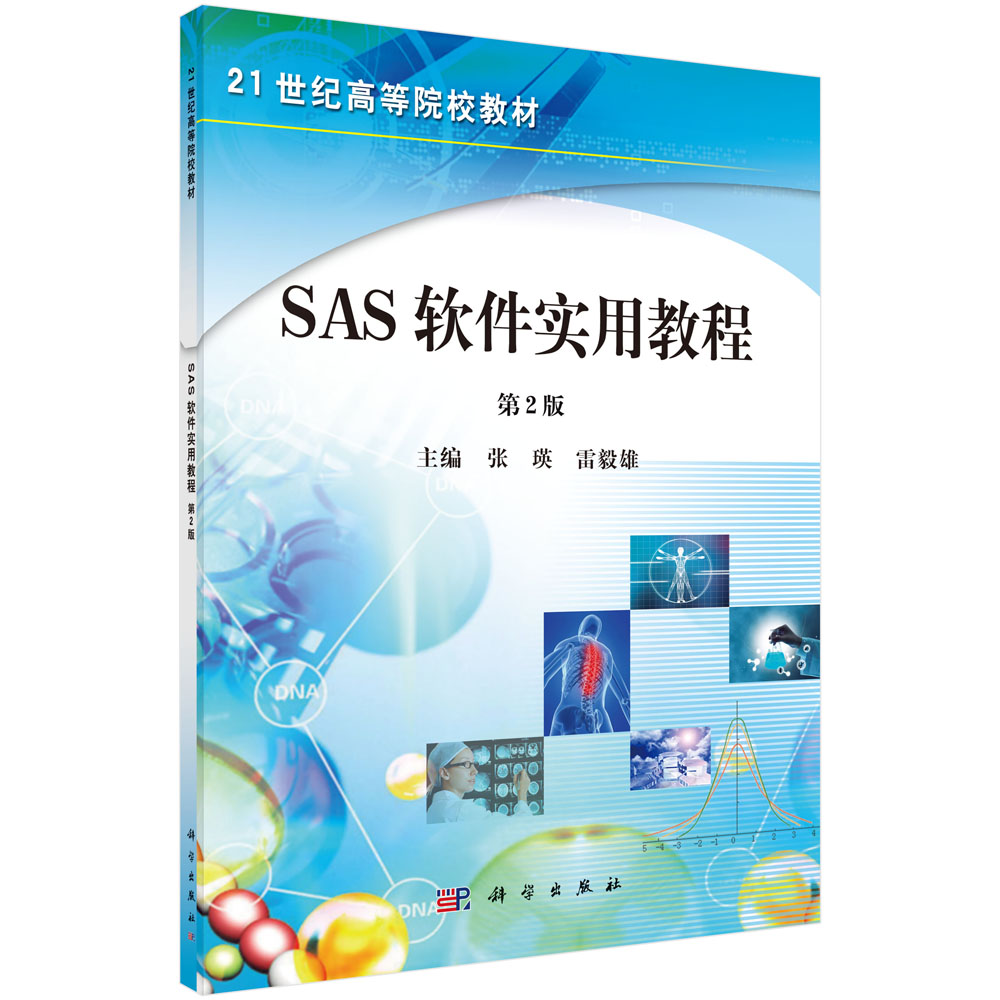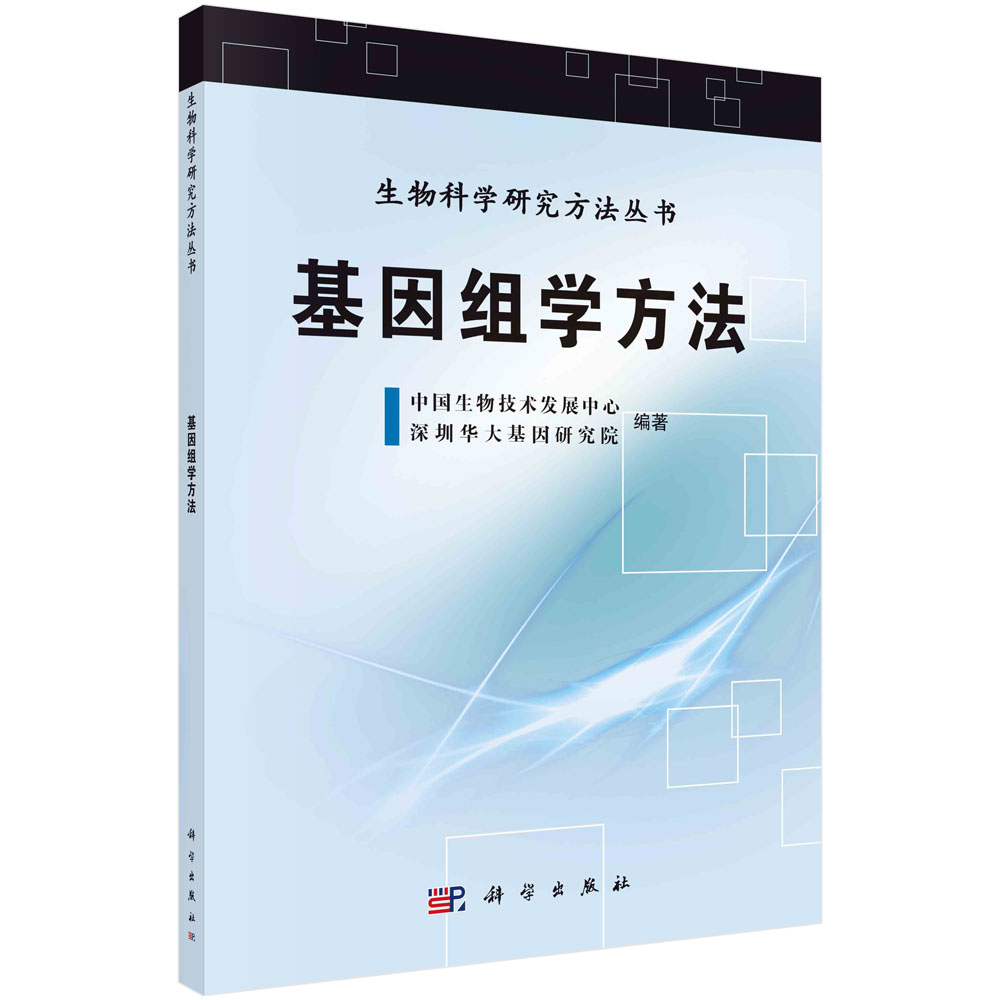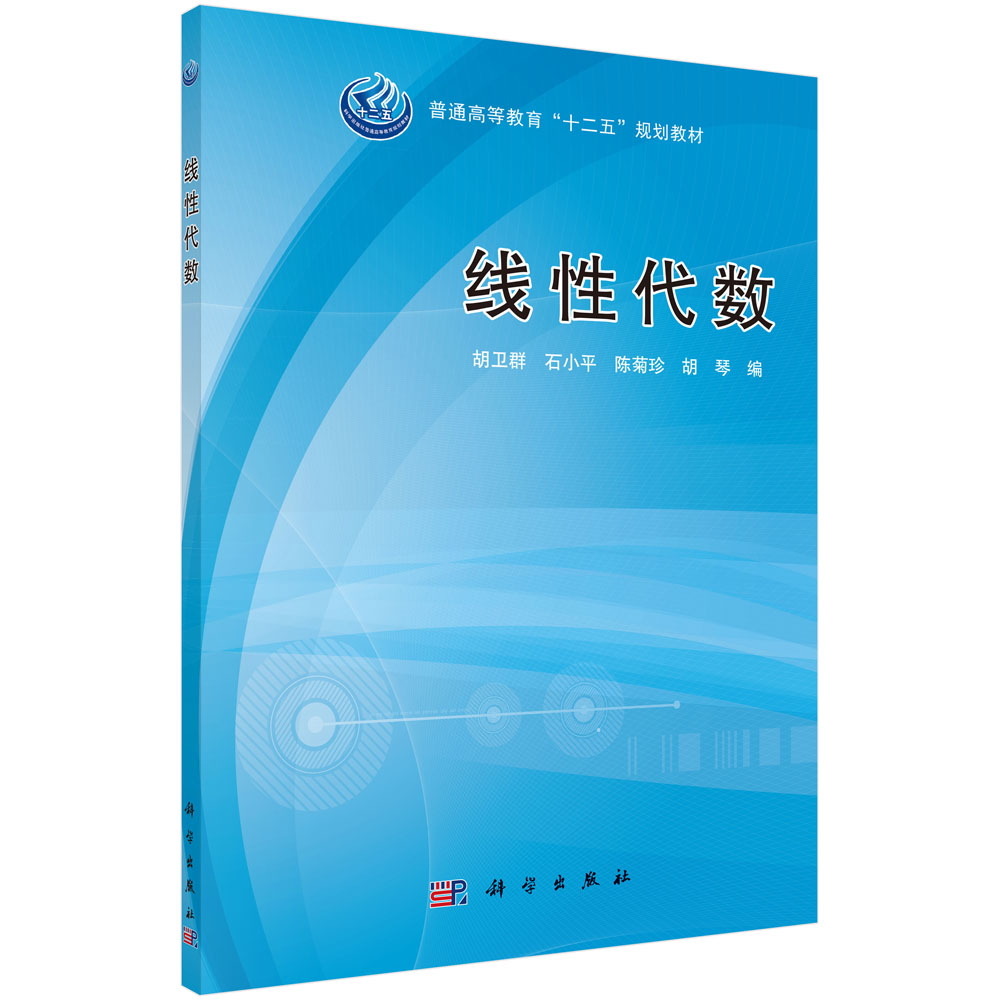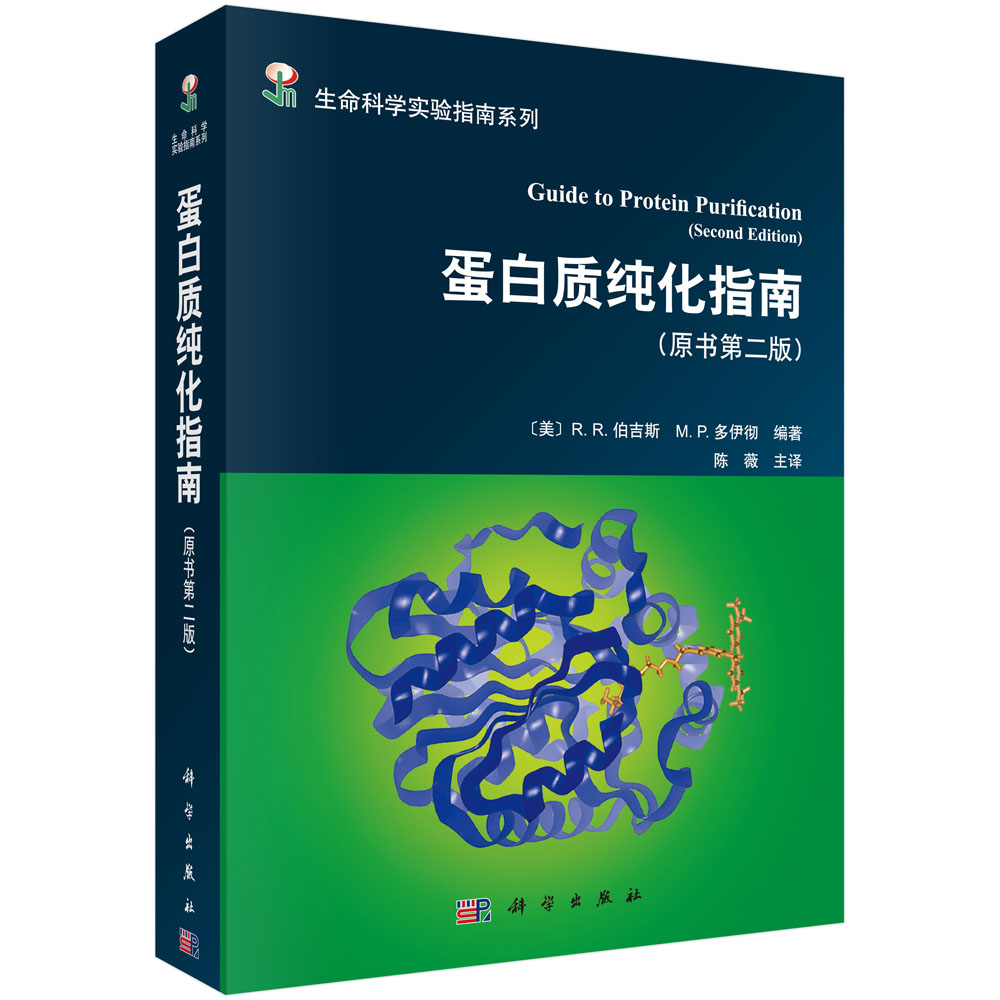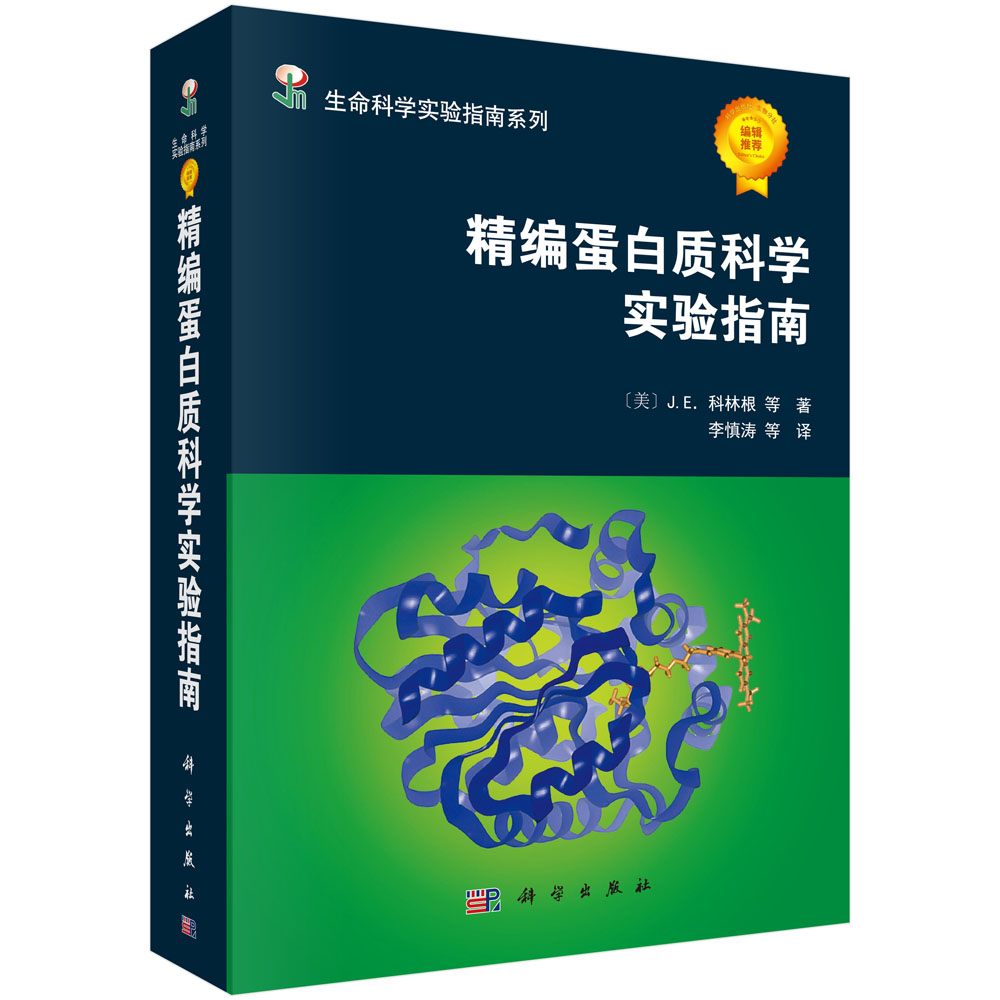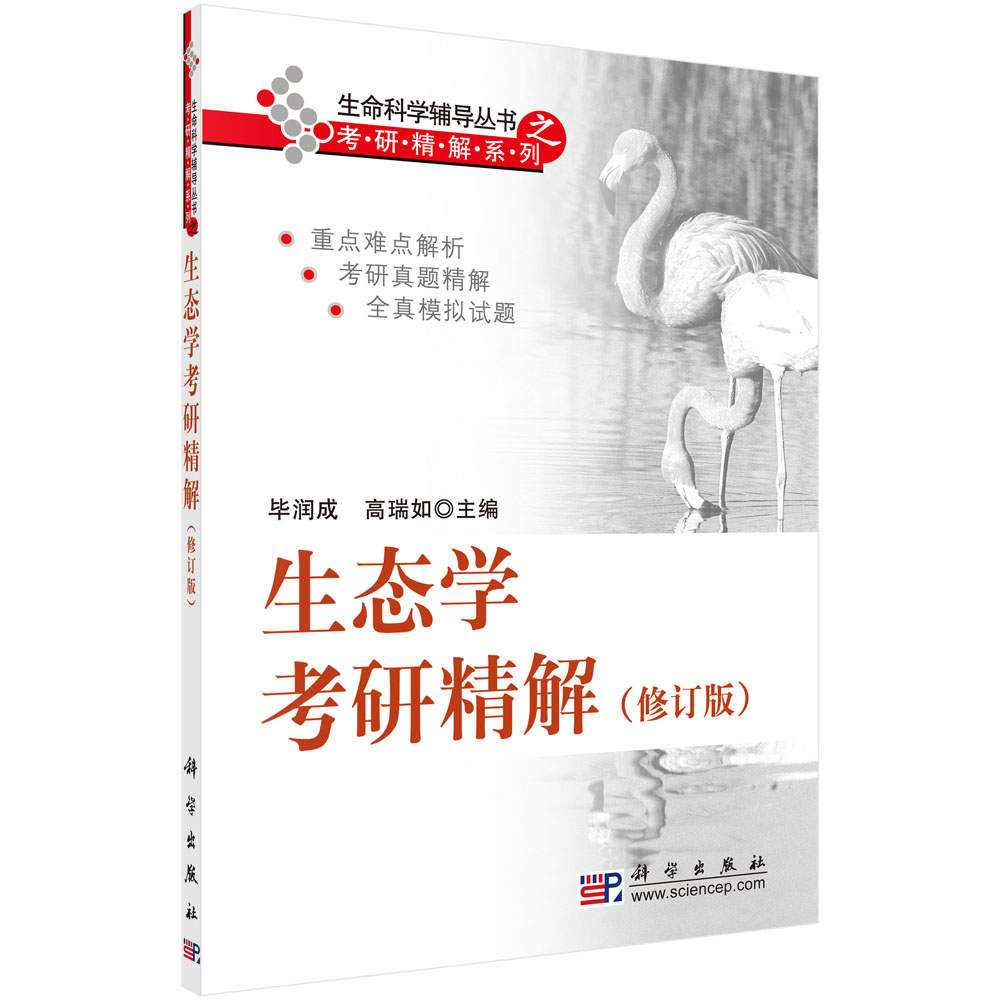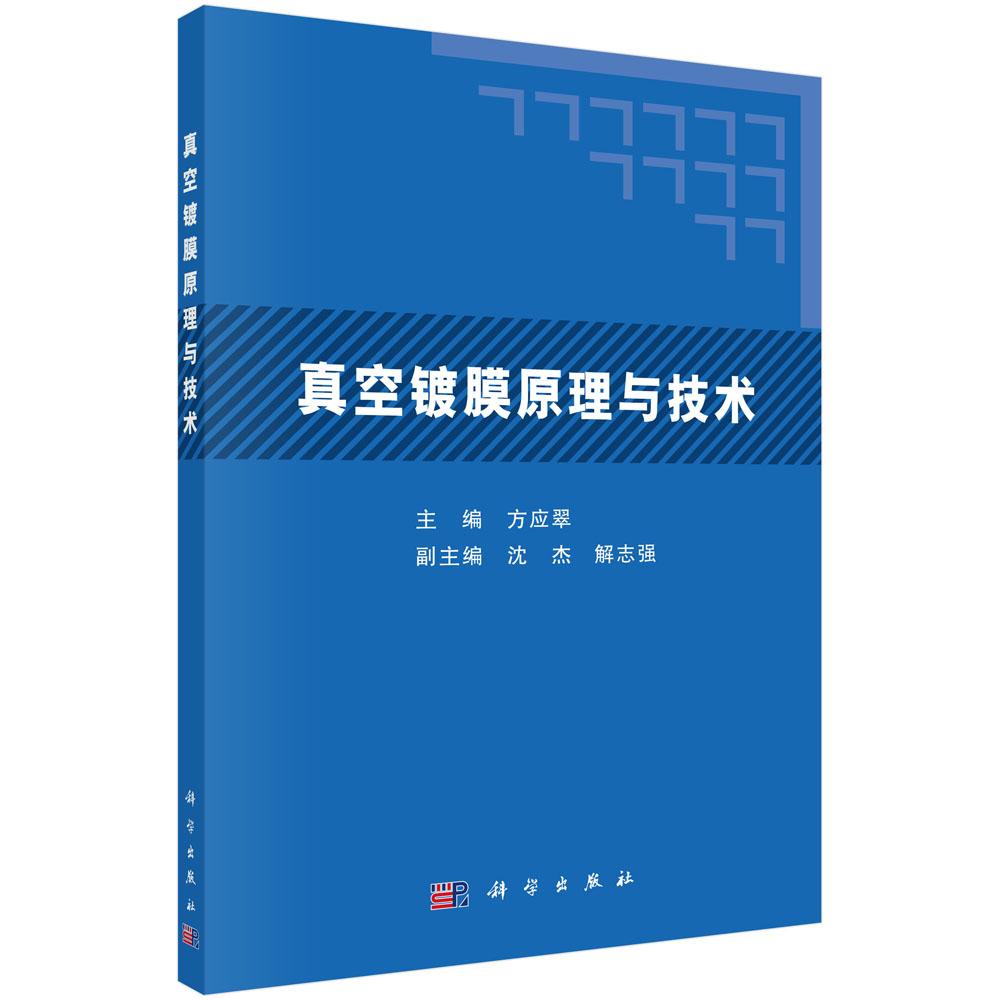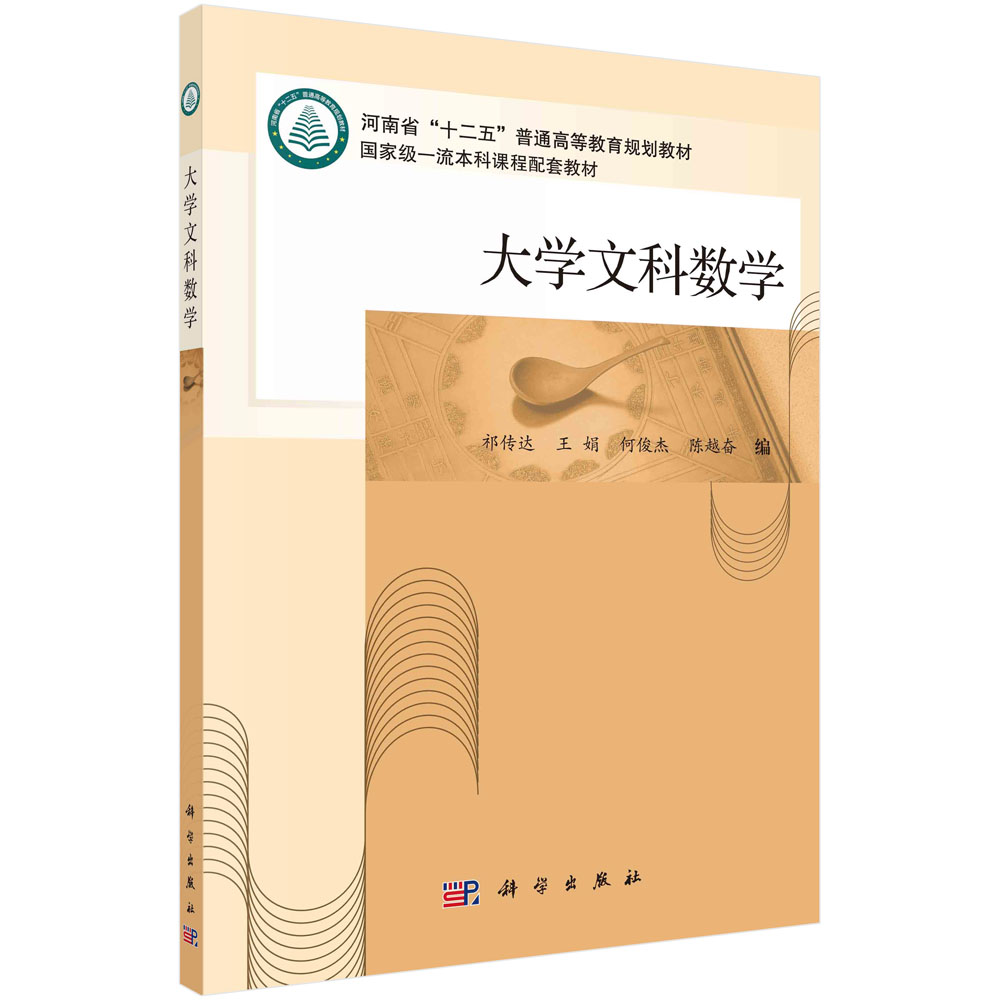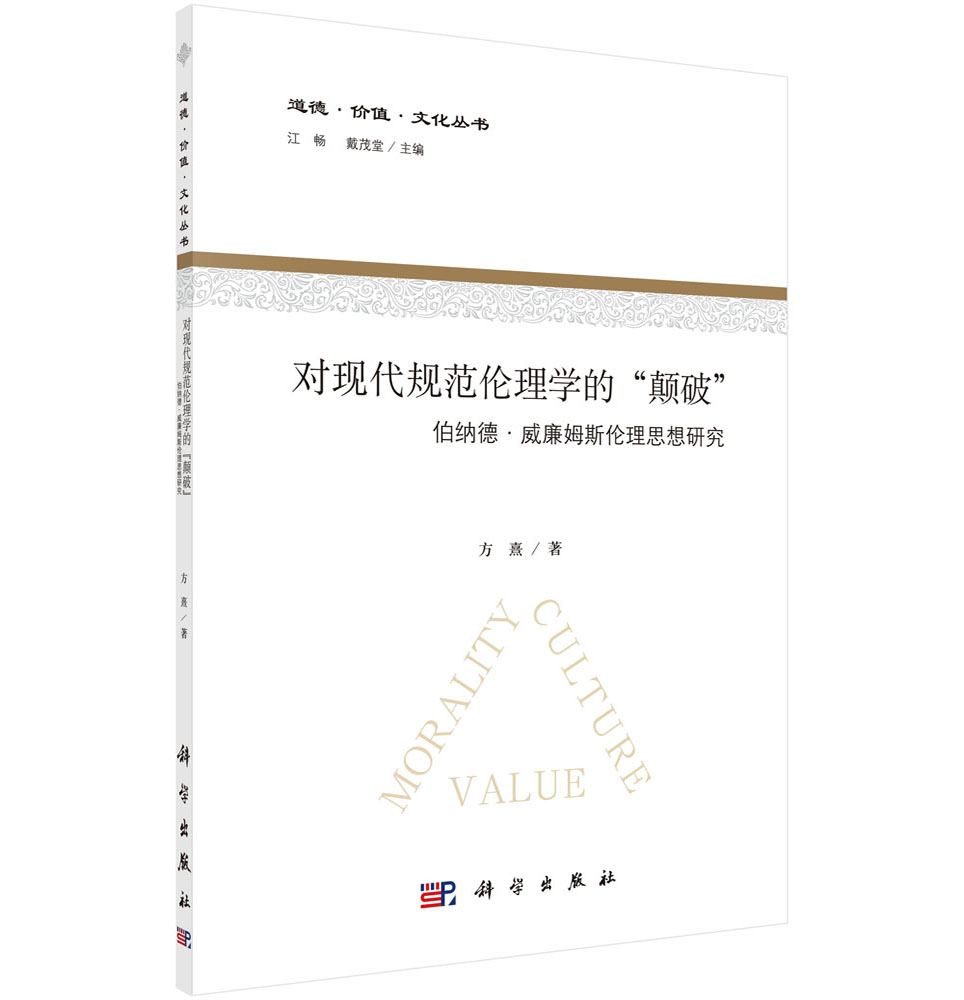本书共分为21章,分别从分子生物学角度论述了苏云金芽胞杆菌的形态结构、分类学、活性谱、质粒、转座因子、噬菌体、杀虫晶体蛋白及其基因、杀虫晶体蛋白的结果与功能、杀虫晶体蛋白作用分子机制、抗癌晶体蛋白及其基因、营养期晶体蛋白及其基因、其他活性蛋白及其基因、苏云金素合成基因簇、双效菌素合成基因簇、基因组、蛋白质组、转录组、信号转导系统、代谢与蛋白质互作网络模拟重构、新基因的发掘策略和基因工程菌等方面的科学问题。本书系统总结了苏云金芽胞杆菌研究团队50年来的科研成果,为了知识的系统性和完整性,适当地引用了其他人的研究成果。
样章试读
目录
- 目录
前言
第1章 苏云金芽胞杆菌的形态结构 1
1.1 形态和结构 1
1.2 芽胞和伴胞晶体形成 5
1.3 S层蛋白 10
1.4 伴胞晶体与芽胞粘连分子机制 18
第2章 苏云金芽胞杆菌的分类学 26
2.1 芽胞杆菌分类概况 26
2.2 蜡样芽胞杆菌群 30
2.3 血清学分类 31
2.4 苏云金芽胞杆菌分子分类学 34
2.5 化学分类法 37
2.6 苏云金芽胞杆菌最新分类研究进展:S 层分析 38
2.7 芽胞杆菌生态分布 42
第3章 苏云金芽胞杆菌活性谱 47
3.1 对节肢动物门的作用 48
3.2 对线形动物门的作用 49
3.3 对扁形动物门的作用 50
3.4 对原生动物门的作用 51
3.5 对病原微生物的作用 51
3.6 对癌细胞的作用 52
第4章 苏云金芽胞杆菌的质粒 55
4.1 质粒多样性 55
4.2 质粒组成和性质 57
4.3 质粒拷贝数 60
4.4 质粒功能 61
4.5 质粒的分离融合 63
4.6 质粒载体 67
第5章 苏云金芽胞杆菌转座因子 69
5.1 插入序列 71
5.2 转座子 86
5.3 转座噬菌体 90
第6章 苏云金芽胞杆菌的噬菌体 93
6.1 苏云金芽胞杆菌噬菌体的分类 93
6.2 噬菌体生物学特征 96
6.3 噬菌体基因组和比较基因组 111
6.4 噬菌体溶原裂解的调控 127
第7章 杀虫晶体蛋白及其基因 130
7.1 杀虫晶体蛋白基因 130
7.2 杀虫晶体蛋白基因的表达 139
7.3 杀虫晶体蛋白基因的表达调控 142
第8章 杀虫晶体蛋白的结构与功能 160
8.1 Cry蛋白 160
8.2 Cyt蛋白 179
8.3 小结与展望 184
第9章 杀虫晶体蛋白作用分子机制 186
9.1 杀虫晶体蛋白对不同靶标的作用 187
9.2 伴胞晶体的降解与激活 191
9.3 毒性片段与昆虫中肠受体结合 192
9.4 中肠细胞穿孔 194
9.5 苏云金芽胞杆菌杀线虫晶体蛋白作用线虫的模式 208
第10章 抗癌晶体蛋白及其基因 211
10.1 抗癌晶体蛋白对癌细胞的活性 211
10.2 抗癌晶体蛋白基因及分类 222
10.3 抗癌晶体蛋白的结构与功能 227
10.4 抗癌晶体蛋白作用癌细胞的机制 234
10.5 抗癌晶体蛋白的安全性及应用前景 245
10.6 本章小结 245
第11章 营养期杀虫蛋白及其基因 246
11.1 营养期杀虫蛋白的发现及活性 246
11.2 营养期杀虫蛋白基因分类和鉴定 249
11.3 营养期杀虫蛋白基因的表达与调控 251
11.4 营养期杀虫蛋白结构与功能 256
11.5 营养期杀虫蛋白作用机制 260
11.6 营养期杀虫蛋白的应用及前景 266
第12章 其他活性蛋白及其基因 272
12.1 苏云金芽胞杆菌中的辅助蛋白 273
12.2 AHL信号分子内酯酶AiiA蛋白 279
12.3 酶类 284
第13章 苏云金素合成基因簇 318
13.1 苏云金素杀虫和增效作用 319
13.2 苏云金素化学结构及理化性质 320
13.3 苏云金素基因簇 321
13.4 苏云金素合成途径 326
13.5 苏云金素合成的表达调控 340
第14章 双效菌素合成基因簇 346
14.1 双效菌素抑菌及杀虫增效作用 346
14.2 双效菌素的结构、理化性质和抗性 350
14.3 双效菌素作用分子机制 355
14.4 双效菌素合成途径 355
第15章 苏云金芽胞杆菌基因组 364
15.1 苏云金芽胞杆菌基因组测序进展 364
15.2 苏云金芽胞杆菌基因组基本特征 367
15.3 苏云金芽胞杆菌基因组中编码大量的毒力因子 369
15.4 苏云金芽胞杆菌基因组编码许多参与调控毒力因子基因转录表达的调控因子 371
15.5 可移动元件为苏云金芽胞杆菌在进化上不断适应宿主环境提供了有力保障 372
第16章 苏云金芽胞杆菌蛋白质组 375
16.1 苏云金芽胞杆菌双向蛋白质图谱 376
16.2 苏云金芽胞杆菌差异蛋白质组 379
16.3 芽胞和伴胞晶体的研究 425
16.4 细胞内蛋白质的相互作用 429
第17章 苏云金芽胞杆菌转录组 435
17.1 不同时期转录特点 436
17.2 芽胞和伴胞晶体形成基因的表达调控 439
17.3 杀虫晶体蛋白高表达与芽胞形成的代谢调控 452
17.4 其他基因的表达 462
17.5 本章小结 465
第18章 苏云金芽胞杆菌信号转导系统 467
18.1 双组分信号系统 467
18.2 核苷类第二信号系统 473
18.3 *因子及抗*因子 492
第19章 苏云金芽胞杆菌代谢、蛋白质互作网络模拟重构分析 496
19.1 苏云金芽胞杆菌基因组学概述 496
19.2 苏云金芽胞杆菌代谢组学概述 498
19.3 苏云金芽胞杆菌蛋白质组学概述 502
19.4 苏云金芽胞杆菌代谢网络模拟重构及比较分析 504
19.5 苏云金芽胞杆菌蛋白质-蛋白质互作网络模拟比较分析 515
第20章 苏云金芽胞杆菌新基因的发掘策略 522
20.1 从已知毒力菌株中发掘新基因 523
20.2 从新靶标活性菌株中发掘新基因 526
20.3 从不同蛋白质图谱菌株中发掘新基因 533
20.4 从不同遗传图谱菌株中发掘新基因 534
20.5 从活性上清液中发掘新基因 535
20.6 次生代谢产物基因簇发掘 537
20.7 从伴胞晶体“无”活性的菌株中发掘新基因 539
20.8 从全基因组序列中发掘新基因 540
第21章 苏云金芽胞杆菌基因工程菌 544
21.1 苏云金芽胞杆菌工程菌的构建策略 544
21.2 基因工程菌的构建方式 555
21.3 基因工程菌种类 567
参考文献 580
Contents
Preface
Chapter 1 Morphology and structure of Bacillus thuringiensis 1
1.1 Morphology and structure 1
1.2 Formation of spores and parasporal crystals 5
1.3 S-layer proteins 10
1.4 Molecular mechanism on the spore-crystal association 18
Chapter 2 Taxonomy of Bacillus thuringiensis 26
2.1 Brief introduction of Bacillus taxonomy 26
2.2 The Bacillus cereus group 30
2.3 Serological classification of Bacillus thuringiensis 31
2.4 Molecular classification of Bacillus thuringiensis 34
2.5 Chemo-taxonomy of Bacillus thuringiensis 37
2.6 Recent advances of Bacillus thuringiensis classification: S-layer protein analysis 38
2.7 Ecological distribution of the Bacillus thuringiensis strains 42
Chapter 3 Activity spectra of Bacillus thuringiensis 47
3.1 Function on Arthropoda 48
3.2 Function on Nemathelminthes 49
3.3 Function on Platyhelminthes 50
3.4 Function on Protozoon 51
3.5 Function on pathogenic microorganisms 51
3.6 Function on cancer cells 52
Chapter 4 Plasmids of Bacillus thuringiensis 55
4.1 Diversity of plasmids 55
4.2 Composition and properties of plasmids 57
4.3 Copy number of plasmids 60
4.4 Function of plasmids 61
4.5 Separation and fusion of plasmids 63
4.6 Plasmid vectors 67
Chapter 5 Transposable elements of Bacillus thuringiensis 69
5.1 Insertion sequence(IS) 71
5.2 Transposon 86
5.3 Transposable phages 90
Chapter 6 Bacillus thuringiensis phages 93
6.1 Classification of Bacillus thuringiensis phages 93
6.2 Biological characteristics of phages 96
6.3 Genomics and comparative genomics of phages 111
6.4 Lysogeny and lysis regulation of phages 127
Chapter 7 Insecticidal crystal proteins and their genes of Bacillus thurigiensis 130
7.1 Insecticidal crystal protein(ICP)genes 130
7.2 Expression of the ICP genes 139
7.3 Regulation of the ICP gene expression 142
Chapter 8 The Structure and function of Bacillus thuringiensis insecticidal crystal proteins 160
8.1 Cry insecticidal toxins 160
8.2 Cyt insecticidal toxins 179
8.3 Summary and prospect 184
Chapter 9 Molecular mechanisms of Bacillus thuringiensis insecticidal crystal proteins 186
9.1 Effects of ICPs on different targets 187
9.2 Degradation and activation of ICPs 191
9.3 Binding of toxicity fragments with insect midgut receptors 192
9.4 Pore-forming of insect midgut cells 194
9.5 Molecular mechanisms of ICPs against nematodes 208
Chapter 10 Parasporins and their genes 211
10.1 Activities of parasporins against human cancer cells 211
10.2 Parasporin genes and their classification 222
10.3 Structure and function of parasporins 227
10.4 The killing mechanisms of parasporins against cancer cells 234
10.5 Security and application prospect of parasporins 245
10.6 Summary 245
Chapter 11 Vegetative insecticidal proteins and their genes 246
11.1 Discovery and activity of vegetative insecticidal proteins 246
11.2 Classification and identification of vegetative insecticidal protein genes 249
11.3 Expression and regulation of vegetative insecticidal protein genes 251
11.4 Structure and function of vegetative insecticidal proteins 256
11.5 Action mechanisms of vegetative insecticidal proteins 260
11.6 Application prospect of vegetative insecticidal proteins 266
Chapter 12 Other active proteins and their genes 272
12.1 Helper proteins in Bacillus thurigiensis 273
12.2 N-acyl homoserine lactonase protein AiiA 279
12.3 Enzymes 284
Chapter 13 The gene cluster of thuringiensin biosynthesis 318
13.1 Insecticidal activity and synergism of thuringiensin 319
13.2 The physic-chemical features and structure of thuringiensin 320
13.3 The gene cluster of thuringiensin biosynthesis 321
13.4 Metabolism pathway of thuringiensin biosynthesis 326
13.5 Expression and regulation of thuringiensin biosynthesis 340
Chapter 14 The gene cluster of zwittermicin A biosynthesis 346
14.1 Antimicrobial activity and insecticidal synergism of ZmA 346
14.2 Structure, physical and chemical properties and resistant character of ZmA 350
14.3 Molecular mechanisms of ZmA 355
14.4 ZmA biosynthesis pathway 355
Chapter 15 Genomics of Bacillus thuringiensis 364
15.1 Progress on Bacillus thuringiensis genome sequencing 364
15.2 General genome feature of Bacillus thuringiensis 367
15.3 Bacillus thuringiensis genome encodes lots of virulence genes 369
15.4 Bacillus thuringiensis genome encodes many virulence related regulators 371
15.5 Abundant mobile elements in the genome provide the adaptability for the Bt-host co-evolution 372
Chapter 16 Proteomics of Bacillus thurigiensis 375
16.1 Two-dimensional electrophoresis graph of Bacillus thurigiensis 376
16.2 Differential proteome of Bacillus thurigiensis 379
16.3 Study of parasporal crystals and spores 425
16.4 Protein interaction in vivo 429
Chapter 17 Transcriptomics of Bacillus thurigiensis 435
17.1 Transcriptional features of different growth phases 436
17.2 Regulatory mechanisms of gene expression involved in the formation of spores and parasporal crystals 439
17.3 Metabolic regulation mechanisms involved in formation of spores and ICP high-level syntheses 452
17.4 Expression features of other genes 462
17.5 Summary 465
Chapter 18 Signal transduction systems of Bacillus thurigiensis 467
18.1 Two-component signal transduction systems(TCSs) 467
18.2 Nucleotide second messenger signaling systems 473
18.3 Sigma factors and anti-sigma factors 492
Chapter 19 Metabolic and protein-protein interaction network reconstruction of Bacillus thuringiensis 496
19.1 Genomics overview of Bacillus thuringiensis 496
19.2 Metabolomics overview of Bacillus thuringiensis 498
19.3 Proteomics overview of Bacillus thuringiensis 502
19.4 Metabolic network reconstruction and analysis of Bacillus thuringiensis 504
19.5 Protein-protein interaction network reconstruction and analysis of Bacillus thuringiensis 515
Chapter 20 Strategies for discovery of new genes in Bacillus thuringiensis 522
20.1 Discovery of new genes from the known virulent strains 523
20.2 Discovery of new genes from the new target active strains 526
20.3 Discovery of new genes from the strains with different protein profiles 533
20.4 Discovery of new genes from the strains with different genetic maps 534
20.5 Discovery of new genes from the active supernatants 535
20.6 Discovery of gene clusters for secondary metabolite biosynthesis 537
20.7 Discovery of new genes from the strains without activity 539
20.8 Discovery of new genes from whole-genome sequences 540
Chapter 21 Genetically modified recombinant strains of Bacillus thuringiensis 544
21.1 Strategies for constructing genetically modified Bt strains 544
21.2 Genetical recombinant methods for constructing genetically modified Bt strains 555
21.3 Types of the genetically modified Bt strains 567
References 580
